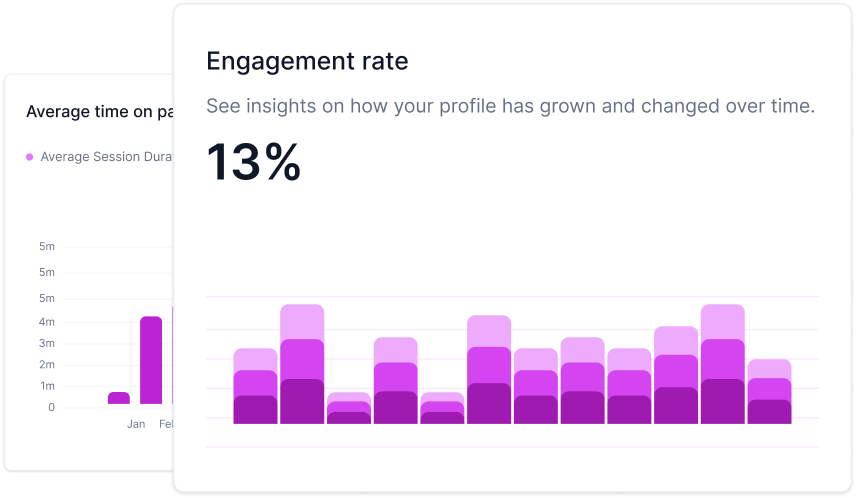What is the Pageview?
A pageview, often referred to as a page view or page impression, is a metric used in web analytics to count the number of times a web page is loaded or viewed by a user's web browser. It provides insights into the popularity and engagement of a particular webpage on a website.
Why Are Pageviews Important?
Now that we've defined pageviews, let's explore their significance:
- Assessing Website Performance: Pageviews act as a barometer for your website's overall performance. A high number of pageviews can indicate that your content is attracting and retaining visitors. Conversely, a low number might prompt you to reevaluate your content strategy.
- User Engagement: Pageviews offer valuable insights into user engagement. If users are exploring multiple pages during a single visit, it suggests they find your content interesting and relevant. This can help you understand what content resonates most with your audience.
- Content Evaluation: Pageviews help identify your most popular content. Knowing which pages receive the most views allows you to prioritize and optimize them for even better results.
Tracking and Measuring Pageviews
Now, let's tackle the practical aspects:
How do I track and measure pageviews on my website using analytics tools?
The most common way to track pageviews is through web analytics tools like Google Analytics. Here's a simplified process:
- Sign up for a web analytics service like Google Analytics.
- Install a tracking code provided by the service on your website. This code collects data about user interactions.
- Access the analytics dashboard to view your website's pageview data.
These tools offer in-depth insights, including the number of pageviews, pageview duration, and more.
Are there strategies to increase the number of pageviews on my website to improve its visibility and user interaction?
Absolutely! Boosting pageviews is a crucial goal for many website owners. Here are some strategies to help you get started:
- Create Quality Content: Content is king. Develop informative, engaging, and relevant content that keeps visitors coming back for more.
- Internal Linking: Link related articles or pages within your content. This encourages visitors to explore more of your website.
- Optimize for SEO: Implement search engine optimization (SEO) techniques to improve your website's visibility in search engine results. Higher rankings can lead to more organic traffic and pageviews.
- Promote Social Sharing: Encourage visitors to share your content on social media platforms. When shared, your content can reach a wider audience, driving more pageviews.
- Email Marketing: Utilize email marketing to notify your subscribers about new content or updates on your website.
In Conclusion
Pageviews are like breadcrumbs, showing you the path your visitors take through your digital world. Understanding their significance, measuring them accurately, and implementing strategies to boost them can help you create a more engaging and successful online presence.
So, whether you're a blogger, an e-commerce site owner, or a content creator, keep an eye on those pageviews—they hold the key to unlocking your website's potential in the vast digital landscape.

